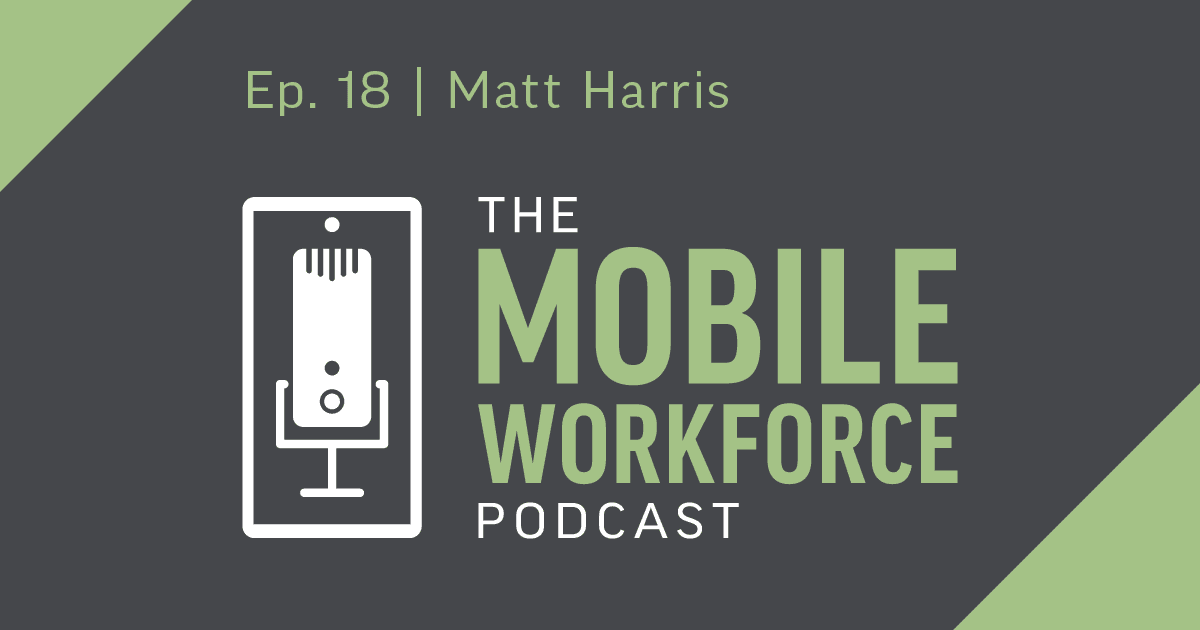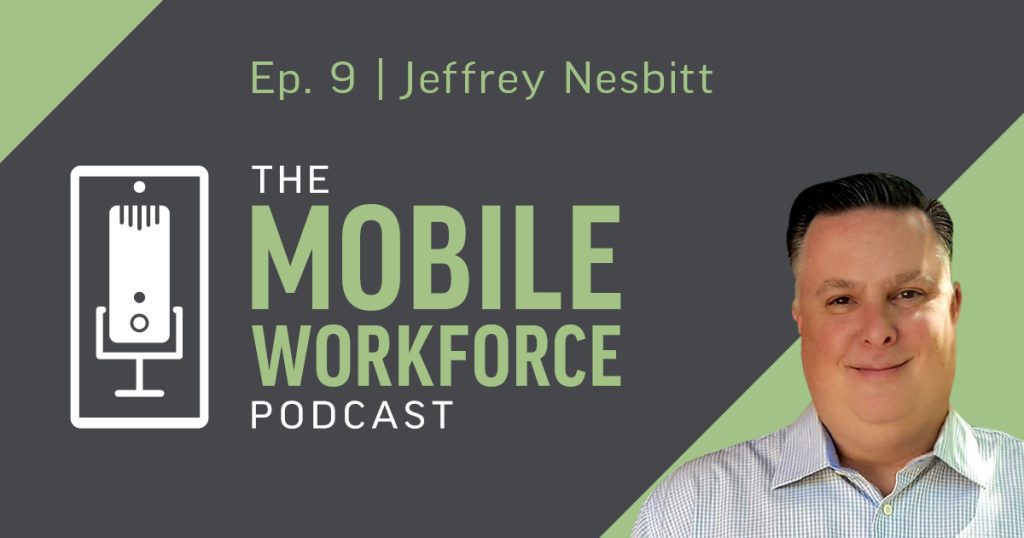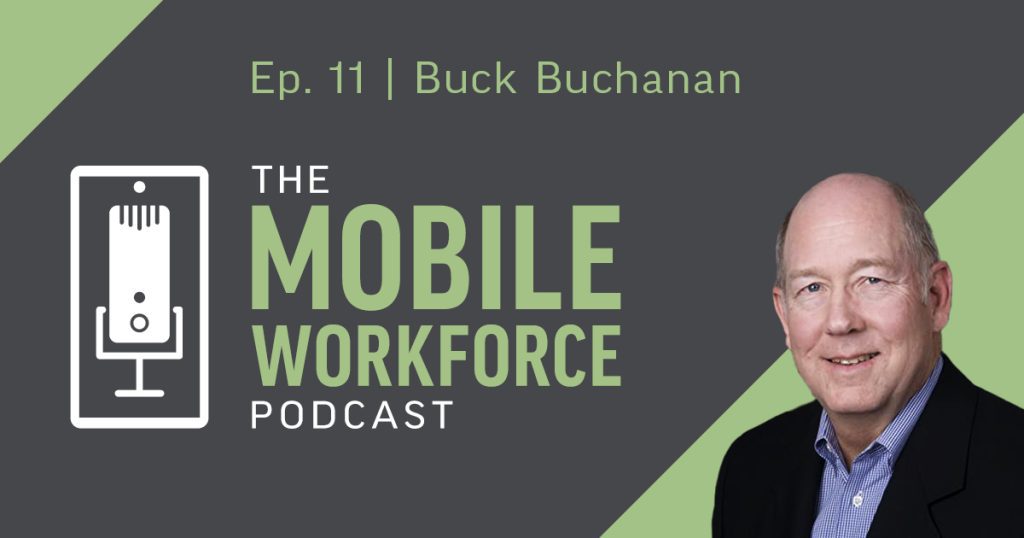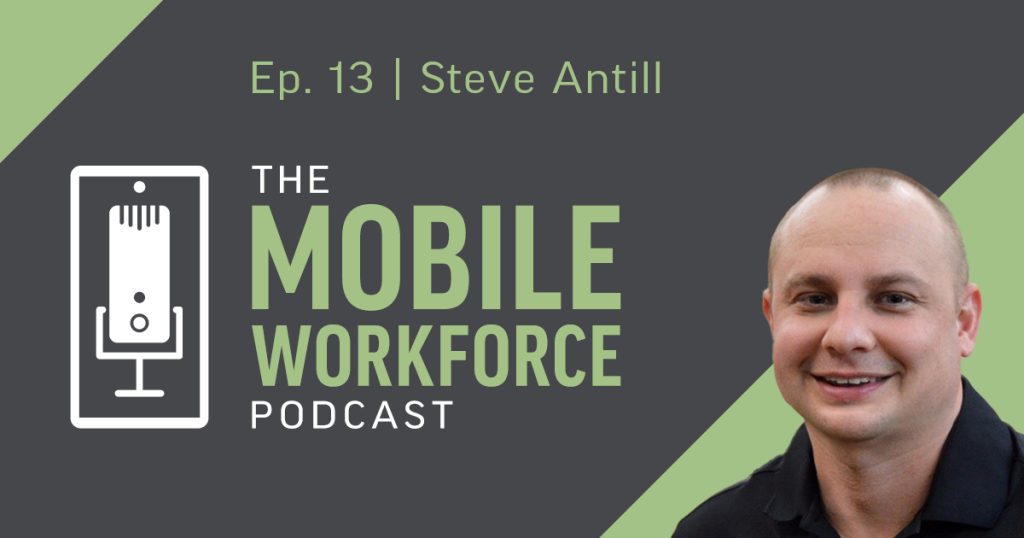Construction Analytics: Balancing Long-Term Portfolio Risk
Construction can be risky business. Fortunately, with the right information, contractors have the ability to understand their overall exposure to risk. Increasingly, contractors are turning to technology to speed up the process. Typically, people assume this process works much like understanding a stock portfolio. Contractors need insights into their projects across their portfolio to see which are profitable, which are breaking even and which are in the red. But technology today goes beyond data collection and delivers predictive insights that rely on trends to show risk ahead of time, so contractors can make adjustments as needed.
According to Viewpoint’s Matt Harris, mobile applications and live field data can be compared against aggregate data from the industry at large. This provides accurate and predictable insights into any bid or job a contractor is looking at. Thanks to this technology, contractors can gain confidence in their assessments of risk like never before.
Key Takeaways:
- Daily data collection is no longer enough. Automatic data collection allows for very refined control over how resources like labor, equipment and materials are being consumed and deployed on projects – all of which are critical to risk management. And while many companies have morning win-loss reports that show how a project did the day prior, it’s not longer enough. With margins so tight, contractors need to drill down even further. That’s why more and more contractors are segmenting their data by shifts, so they can better understand how projects are progressing morning, afternoon and night.
- Passive data collection is on the rise. Data collected by employees shines light on areas like job progress, labor usage and safety. But there’s so much more data that can be collected through the Internet of Things (IoT). IoT is technology that uses sensors like GPS and motion detectors on equipment to allow data to be shared without anyone having to collect or report it. As more contractors leverage data collected directly (from human input) and passively (through IoT sources), the better they can assess their risk in the future. To take advantage of passive data collection, look for IoT options on construction equipment, and then ensure the data is included in your risk management strategy.
- Data aggregation and predictive modeling software is changing the bidding process. More and more data is collected and analyzed from across the industry through data aggregators. This improves predictive models that can help contractors understand their risk for future projects.



